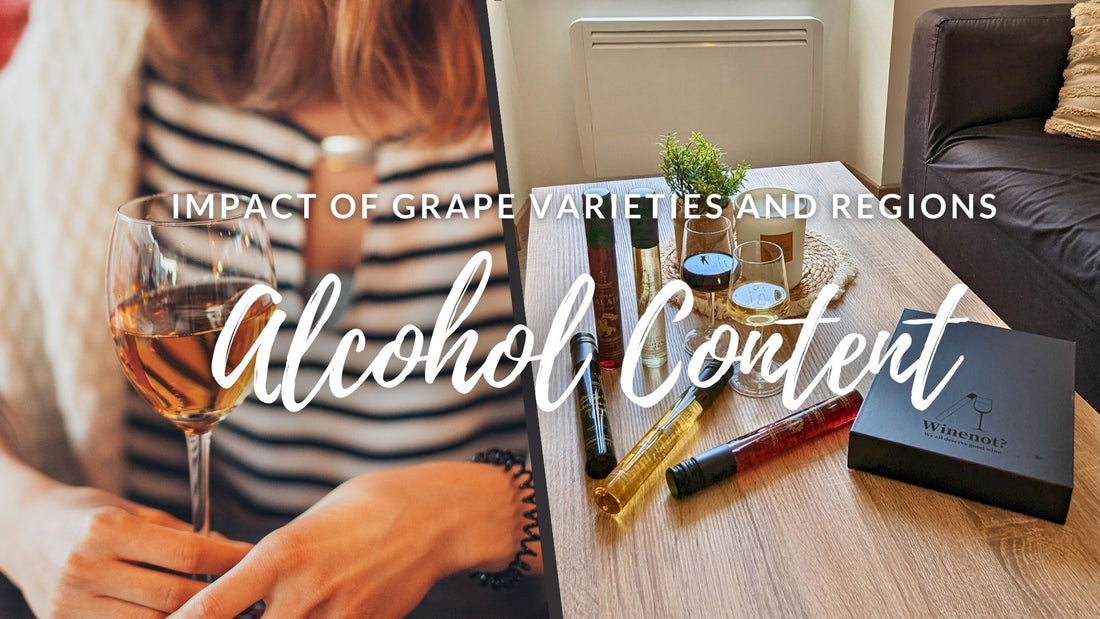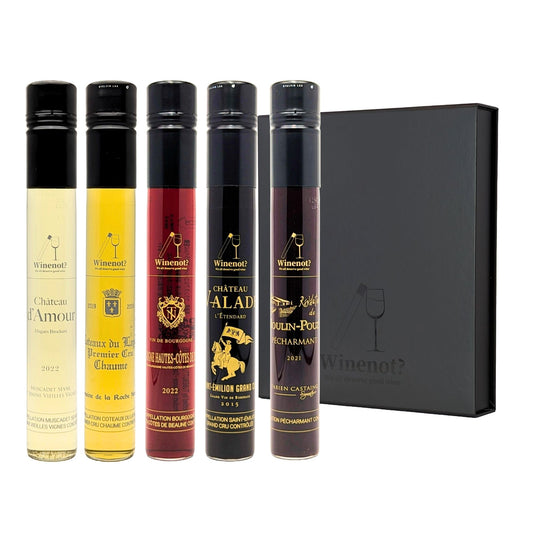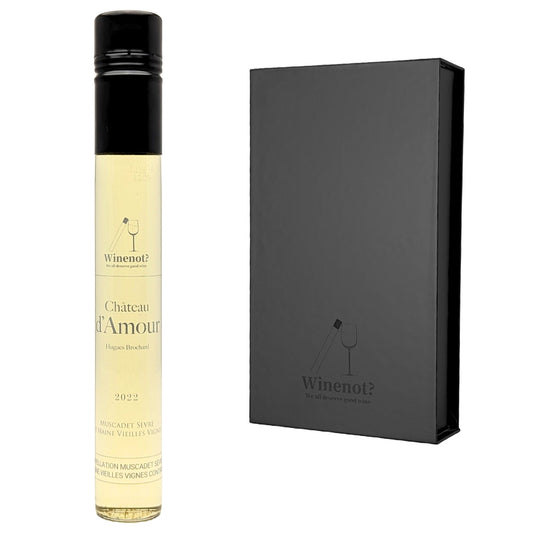
Wine Alcohol Content: Impact of Grape Varieties and Regions
‘Alcohol content’ by the way is an especially important dimension in the vinery environment. The alcoholic nature of wine goes a big way in determining the flavor and the overall effect of it. In the following, we will provide a detailed account of alcohol concentration in wine and the differentiation between various grape variants and wine brands.
Table of Contents
What is Wine Alcohol Content
The alcohol level in wine is a denomination of the quantity of ethyl alcohol in wine. This is degree, which to a great extent affects the taste and mouth feel of wine and even the sensory experience of the drinker. In the case of high-grade wine, it is a distinctive feature of the highly oily and strong taste of such wine. Conversely, wines that contain low alcohol content provide a light and slightly sweet taste.
The different grape varieties utilized have very wide range of percentages of alcohol content for the wine. For instance, Pinot Noir produced at Burgundy region in France has a lower alcoholic content of about 12.5-13.5%. In the contrary to that, Zinfandel of California, has 14% to 17% berry.
After that, we shed light on four more grape varieties and the various alcohol amounts that every wine contains.
- Chardonnay: This variety is known for its wide cultivation across the world and has different alcohol percentages corresponding to each region which ranges from 13% to14.5 %.
- Cabernet Sauvignon: This is one of the leading wines which are the red variety readily seen in Bordeaux and California. The alcohol percentages are relatively high, which is 13.5-15%.
- Riesling: The percentage of alcohol is significantly low with the value of 7.5% to 11.5%, this white wine manufactured in Germany reflects a typical representative white wine variety of the industry.
- Sangiovese: The region from where you get a fine sample of representative red wine variety of Italy is Tuscany. It has got an alcohol percentage of 12% – 13.5%.
These varieties each have different flavors and characteristics, and their alcohol content has a significant impact on the flavor and mouthfeel of the wine.
Wine Production Regions and Alcohol Content

These variants differ in flavour and character and the alcohol-level determines on the taste and mouthfeel of the wine. Moreover, different varieties offer different tastes and traits and the content of alcohol in specimens greatly affect the tastes and the mouthfeel effect of wine itself.
The locality of the wine production is also the matter that determines the amount of alcohol in the wine. The more sugar content the more alcohol will be available after fermentation in wine, grapes grown in warm regions have more sugar due to which the alcohol content in wine is relatively hiuge. Instead, when grapes originate from cold areas they have a lesser sugar percentage, which means that the percentage of alcohol in the wine will gradually fall.
In the next chapter, we describe the wines with the smallest and widest degrees.
Wines with the Highest Degree:
- Madeira: This is the technique where Madeira Island in Portugal produces the wine fortified. In the distillation process, pure liquor is added to raise the amount of ethanol content in the grapes fermentation to be produced.
- Port: It is shipped from the port of Porto in northwestern Portugal. In this case, brandy is used in the fermentation process in the presence of grapes.
- Sherry: This is a fortified wine produced in Andalusia, Spain.
They contain alcohol that is higher than 20% of the total.
Wines with the Lowest Degree:
- Poco Bianco: This is an Italian weak sparkling white wine with an alcohol content of 3%. It has a gorgeous flavor like Muscat.
- Poco Rosé: This is a weak sharply bubbling rosé wine in Italian style with 3% alcohol content. This sour and sweet spread rather evenly.
- Amboskato Sweet White: This is an Italian-produced sweet white wine with 5% ABV content. It is somewhat effervescent in a kind of soft mouthfeel and taste of fresh fruits.
- Pierre Zero Signature: It is a red wine which is a non-alcoholic wine whose alcohol content is below 0.5%. It is also flavorful and aromatic like the Merlot, and such that its’ taste is almost as good as the wine flavor.
As low as 10%, these wines have extremely low alcohol levels.
Choosing Wine and Alcohol Content

There are many wine varieties that are available, and before selecting the wine and hence the type of wine, one necessarily ends up selecting the wine that is appealing where the degree is what is perfect for an individual’s palate. The second point is that wines with high alcoholic degree can help to intensify the taste of the dish; on the flip side, though, if the alcohol level is so high, the taste will be overpowered by the alcohol. Light dishes and dessert combine well with those wines.
Conclusion
The alcohol level in wine can affect both its taste and how one feels while drinking it. This can be different for each grape variety and brand as well as the region the wine is made, since this may affect the degree. The higher degree will also taste better since the degree of the wine determines how one tastes the different degrees. Suffice it to say that the world of wine is vast, and one particular aspect thereof, called ‘degree,’ is crucial. The next time one deals with wine, the level should be the case of consideration.
Related Articles








